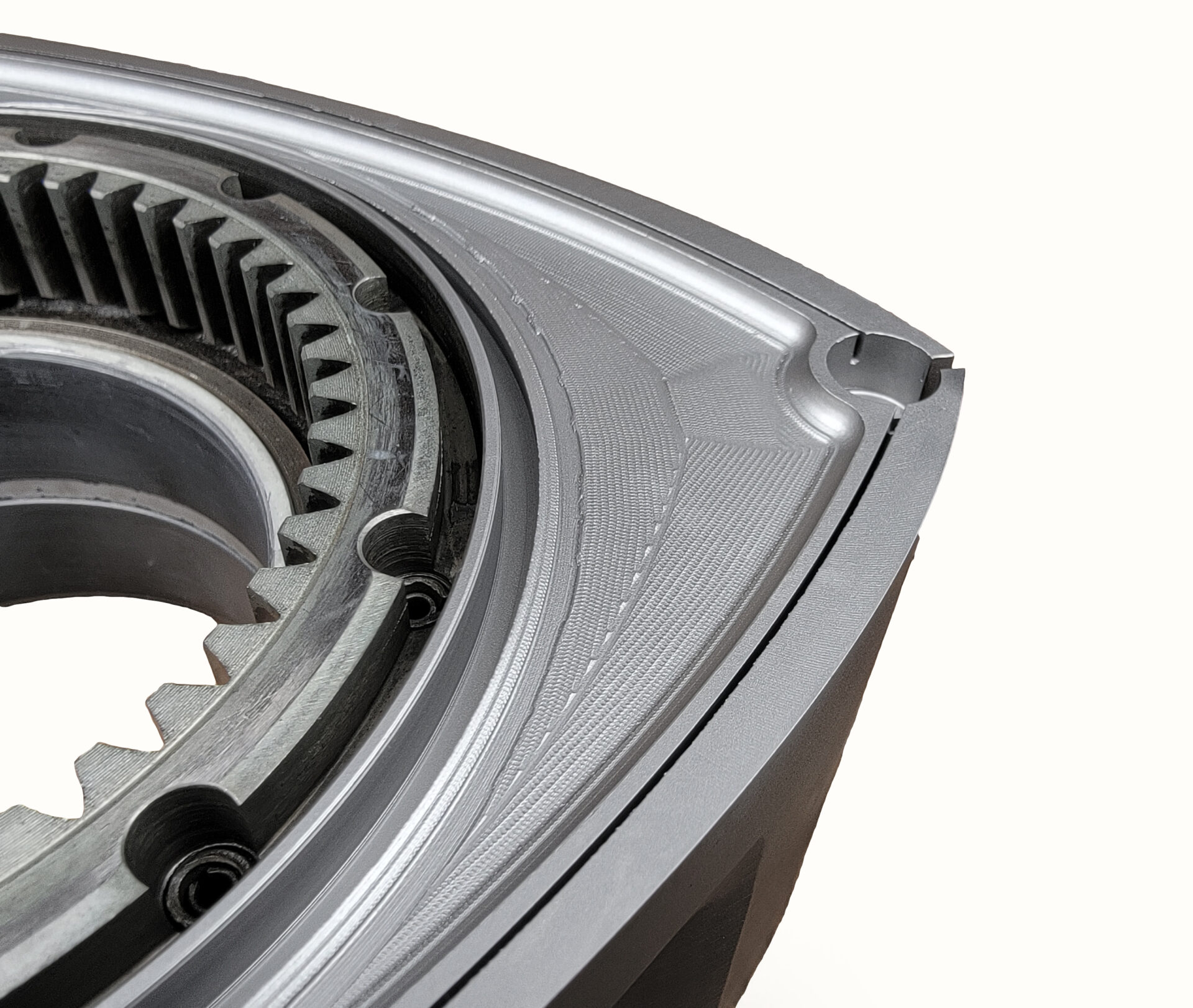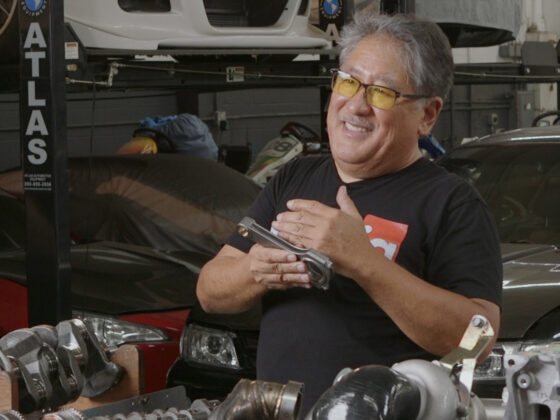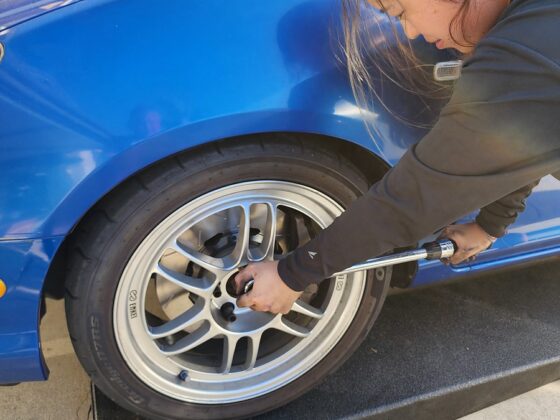 Piston rings are one of the best components of a piston engine to WPC Treat to reduce friction. For our rotary engine, that means WPC and CTP Cryogenically treating our apex seals, corner seals, and our rotors. We treat the rotors themselves to reduce the friction and binding between the apex/corner/side seals and the rotor itself. This allows the apex seals to move freely in and out of the rotor tip to follow the trichoid shape of the rotor housing.
Piston rings are one of the best components of a piston engine to WPC Treat to reduce friction. For our rotary engine, that means WPC and CTP Cryogenically treating our apex seals, corner seals, and our rotors. We treat the rotors themselves to reduce the friction and binding between the apex/corner/side seals and the rotor itself. This allows the apex seals to move freely in and out of the rotor tip to follow the trichoid shape of the rotor housing.
 Side seals are just as important to WPC and Cryogenically treat as the apex seals.
Side seals are just as important to WPC and Cryogenically treat as the apex seals.
 We are using the Atkins Rotary solid corner seals in our build. These seals are stronger and will not crack at power and durability levels that break factory seals. The Atkins solid seals also features a ‘dish’ to reduce surface area contact and friction with the side irons. After WPC Treatment, these corner seals will greatly cut down the friction and wear on the side irons.
We are using the Atkins Rotary solid corner seals in our build. These seals are stronger and will not crack at power and durability levels that break factory seals. The Atkins solid seals also features a ‘dish’ to reduce surface area contact and friction with the side irons. After WPC Treatment, these corner seals will greatly cut down the friction and wear on the side irons.
 We also WPC and CTP Cryogenically treated the stationary gears of our engine.
We also WPC and CTP Cryogenically treated the stationary gears of our engine.
 With all of our internals treated, they were ready to be assembled.
With all of our internals treated, they were ready to be assembled.
 Now that our rotors were lightened by an impressive 0.638lbs each, cryogenically treated by CTP Cryogenics to uniform the crystalline structure of the metal to improve durability, and WPC treated to reduce friction and wear, we were ready to send them off to Mazdatrix to be balanced. Stay tuned for the next segment where we go further into our engine build.
Now that our rotors were lightened by an impressive 0.638lbs each, cryogenically treated by CTP Cryogenics to uniform the crystalline structure of the metal to improve durability, and WPC treated to reduce friction and wear, we were ready to send them off to Mazdatrix to be balanced. Stay tuned for the next segment where we go further into our engine build.
SOURCES




18 comments
I wonder what Rob Dahm would make it this!
He’s up to date and actually helped originally set up the ECU for this build: https://www.youtube.com/watch?v=2HLwZudQRHk
Sweet!
Was figuring out where this was in the timeline.
The video with Rob was around Part 9, then a standalone ECU was put in the car with a datalogger to get some baseline data on a relatively stock engine. Unfortunately the heater hose that was used as a fuel line by the shop who installed this engine was loose and caught the engine on fire. So between Part 11 and Part 12 is over a year of work upgrading the suspension and drivetrain that will be rolled out here shortly.
Billy, this series is amazing! I keep looking at importing a later JDM model RX7 and part of that research is reading this FD series over and over again. I am scared at the bill for buying and building a rotary, but this series will show everyone how to do it right!
Thanks for the feedback! Just do some safety and reliability-related modifications and enjoy the car! We will be doing articles on those items like the fuel and cooling systems which are crucial for rotaries – also to prevent fires like what happened to my car.
has anyone explored porting/smoothing the casting inside the rotor face (see the very last image)
That would make no difference in anything. except for possibly reducing heat transfer out of the rotor which is not good.
I believe Racing Beat went a step further and removed material and weight from inside the rotor. FWIW, Mazdatrix does not do this and removes weight from the outer side face of the rotor like most shops do. I’m sure removing material from inside the rotor has its merits/advantages; possibly driven by rulebooks in racing.
Great post! But…It’s Rotating Mass, not Reciprocating Mass.
It is a complex mix of both!
Would it be worth it to cryo/WPC treat the side housings?
I think so.
We will be covering that in an upcoming article. In short: YES
Wait, are you going to do a balancing after the machining ? Pretty sure it’s off now.
The rotor were balance from factory.
That is explained in the story!
Following from Japan.
Its great to see a serious build where the focus is on building a highly efficient rx7. I wish we had WPC in NZ… im taking my rotary parts to Japan to get them done.
Thank you Mike and Billy.
This is about as efficient as a rotary can get, it’s an engine with a very high VE but low TE.